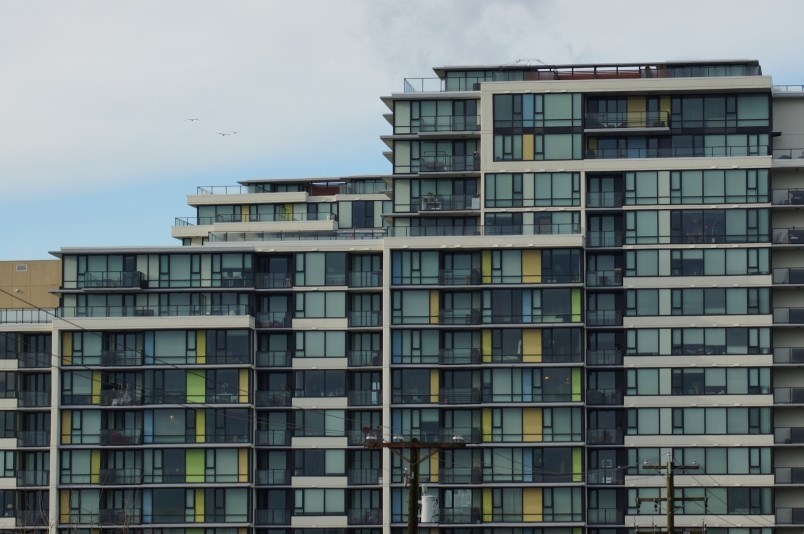Richmond city council unanimously supported raising the number of affordable homes developers have to build in City Centre.
Previously, new developments of 60 units or more had to have 10 per cent “low-end” rentals, but this was raised to 15 per cent on Tuesday.
After an analysis by GP Rollo and Associates that said requiring 20 per cent affordable units would introduce “moderate to significant financial risk” for developers, city staff recommended sticking to just 15 per cent.
However, John Roston, coordinator of the Richmond Rental Housing Advocacy Group, said the city’s claim that 190 market rentals and 270 affordable rentals are needed annually is “ridiculous.” He pointed out the same report stated 30,000 commuters come to Richmond daily to work.
“Some of these commuters are first responders, critical health care workers and City of Richmond employees who would dearly love to live here and walk to work if only they could find suitable rental accommodation,” he wrote in a letter to council when they were considering the rental housing policy changes. “Quite aside from the considerable time they waste commuting, the rest of us pay for the financial and environmental cost of the public transit necessary to transport them."
Council was also looking at requiring 10 per cent market rentals in new multi-family buildings with 60 or more units.
But a suggestion by Coun. Chak Au to delay passing the 10-per-cent requirement for market rentals to examine a “proportional approach” was supported by the majority on council.
Coun. Harold Steves spoke against deferring the item – which will go back to city staff for a future report.
He pointed out that, in 2008, when city council started demanding community amenities from developers, many said they’d leave Richmond – which some did, but others replaced them because “Richmond is a very desirable place to come to.”
“We had absolutely no problem when we started heavy negotiations to require the developers to put in now the things we would have normally had to buy on increased taxes and pay off over a long period of time,” Steves told council on Tuesday.
A proposed amendment to phase in the affordable housing increase – 12.5 per cent now and 15 per cent in a year – was rejected by the majority on council.
Developers building fewer than 60 units have to pay into an affordable housing fund instead of building affordable units.
Projects that are already underway – and achieve first reading at council within a year of these changes – will be grandfathered into the 10-per-cent affordable housing rule.
Coun. Alexa Loo also asked staff to see if the city could look at levelling the playing field for those building single-family homes and those building townhomes.
Currently, developers building townhomes have to pay cash-in-lieu towards affordable housing, whereas someone subdividing a single-family lot and building suites into the two new homes doesn’t have to pay into the affordable housing fund.
“This does not seem fair to me – single-family builders can avoid paying the new fee, while townhome builders cannot even though both are adding rental suites,” Loo explained in an email to the Richmond News.
Furthermore, city staff will also look at whether fewer parking stalls could be required in new developments in Richmond that are 100 per cent rental buildings.
The boundaries of Richmond’s City Centre are roughly from Blundell to the north arm of the Fraser River, west of No. 3 Road to the Oval area. (See map)
It includes several sub-areas including the Oval Village, Capstan Village, Lansdowne Village, McLennan and Bridgeport Village.
This includes Lansdowne Shopping Centre whose master plan is to build 4,000 homes on the current mall site.
Lansdowne is currently in the early stages of applying to rezone its first of seven phases.
In the meantime, the building permit for Atmosphere, across the road from Lansdowne on No. 3 Road, expired its construction activity ground to a halt.
Atmosphere was supposed to have six residential towers – with 824 homes – as well as offices and retail. The project included 38 affordable rental units and 112 market rentals.
Two people who have invested in pre-sales told the News they’ve been met with silence from the developer, South Street, on the status of the construction project.



